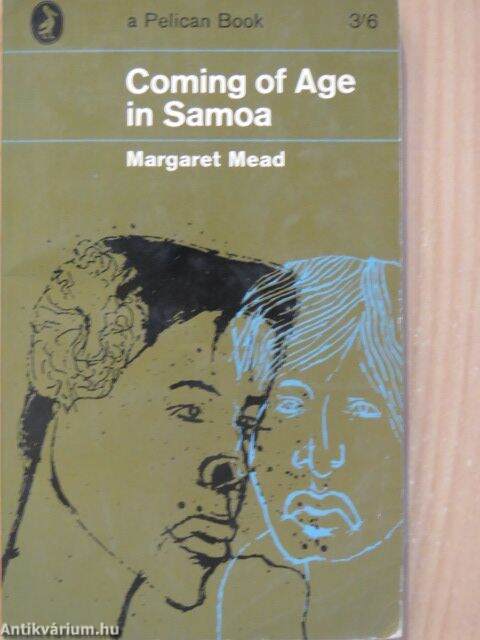

Proponents of the “sexual revolution” and its loosening of norms found a natural ally in Mead, and traces of her life and work remain in fragments of the Summer of Love up to and including Hair, one of whose minor characters has her name. Mead also noted an acceptance of not just homosexuality but a natural shift in sexual orientation over time - a condition bound to intrigue a serious scholar who herself led a rather unconventional life, “simultaneously involved with successive husbands and her ever-present female lover.” Her analysis of Samoa, which informed the worldviews of such influential figures as childrearing guru Benjamin Spock, would take on an even broader appeal in the 1960s, when a rising counterculture sought inspiration in its push to transform Western society. Little children in Samoa knew all about masturbation, and learned about intercourse and other acts through first-hand observation, but thought of it as no more scandalous or worthy of comment than death or birth.” In it she describes Samoan culture as “far more open and comfortable with sex than the modern United States. Though Mead’s time living among the natives on the distant islands of Samoa came at Boas’ suggestion, she already believed that “isolated cultures could serve as laboratories that would reveal ways of living that the modern world had forgotten about, but needed to remember.” The resulting book, 1928’s Coming of Agein Samoa, turned Mead into the most famous anthropologist in the world. Her mentor Franz Boas, the founder of anthropology in the United States, saw not a world progressing “in a linear fashion from barbarism to savagery to civilization” but “teeming with separate cultures, each with their own unique perspectives, insights, and efficiencies.” Or at least it does according to the work of influential anthropologist Margaret Mead, subject of the animated introduction from Alain de Botton’s School of Life above.

Modern Western societies haven’t solved the problem of sex, but Samoa has the answer.


 0 kommentar(er)
0 kommentar(er)
